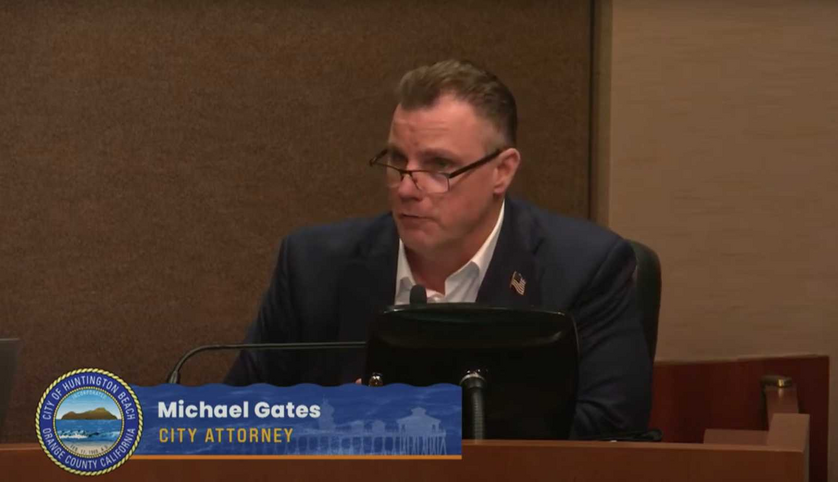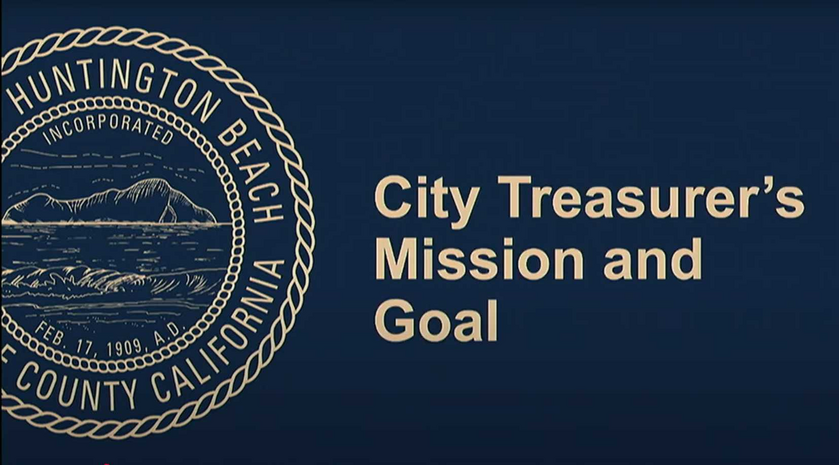Huntington Beach has successfully recovered $38 million plus interest from the State of California following a protracted legal battle related to the dissolution of its Redevelopment Agency (RDA) in 2012. The Huntington Beach City Council addressed the financial matters during a recent meeting.
The city's Redevelopment Agency was dissolved by order of the California Supreme Court in February 2012. Since then, the city has been working to wind down the agency's operations and resolve outstanding obligations.
The Successor Agency Resolution discussed at the council meeting is significant because it involves adopting the obligation payment schedule and administrative budget for the Huntington Beach Successor Agency from July 1, 2025, through June 30, 2026. This is directly related to the process of winding down the former RDA.
A major development in this process has been Huntington Beach's legal victories against the California Department of Finance, which had initially denied reimbursement for loans the city used to redevelop properties.
According to the City Attorney Micheal Gates, Huntington Beach prevailed in lawsuits against the California Department of Finance regarding reimbursement for loans related to redevelopment projects. Specifically, the city prevailed on the Emerald Cove loan ($5.2 million + interest, totaling $6.8 million) and the Waterfront loan ($22.5 million + interest, totaling $30 million), resulting in a total recovery of $38 million plus interest. The City Attorney stated that the lawsuits originated in 2017 and that Huntington Beach prevailed in trial in 2022. The City Attorney also noted, "the state had a legal obligation to reimburse the city for loans that the city had engaged previous in order to redevelop certain lands". He added, "we fought for it and we fought for it and we prevailed in an environment on these types of litigation where cities were not prevailing". He also stated that Huntington Beach is one of only three cities that have ever prevailed on recoveries on these types of loans in court.
Of the recovered funds, a portion must be set aside for low to moderate income (LOMOD) housing.
















